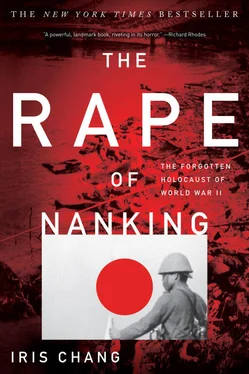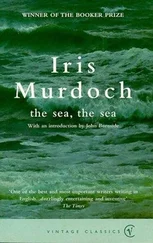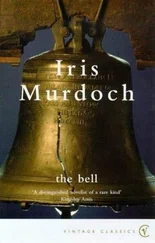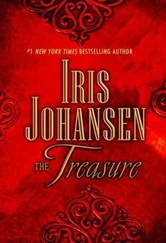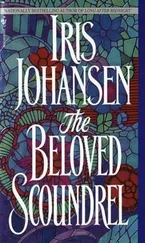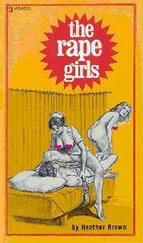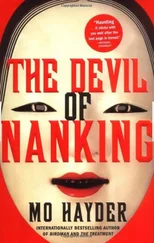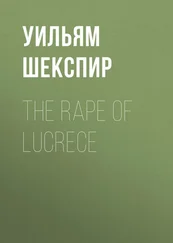It must have been frightening for Tani Hisao to face the concentrated fury of an entire city. As he stood in the docks, his yellow Japanese military uniform stripped of its stars and stripes, more than eighty witnesses came to court to recite an endless litany of horrors. The indictment had been long, listing hundreds of stabbings, burnings, drownings, strangulations, rapes, thefts, and destruction committed by Tani’s division. As evidence mounted, all of it damning, Chinese prosecutors even paraded in experts who heightened the drama by displaying heaps of skulls on the courtroom table. On February 6, 1947, the day his verdict was announced, the courtroom was not large enough to accommodate everyone who wanted to attend. More than two thousand spectators packed the courtroom while a loudspeaker broadcast the proceedings to tens of thousands of residents gathered outside.
No one was surprised that the verdict was guilty. On March 10, 1947, the court sentenced Tani Hisao to death after concluding that his forces had violated the Hague Convention concerning “The Customs of War on Land and the Wartime Treatment of Prisoners of War” and helped perpetrate a slaughter that claimed an estimated three hundred thousand lives in Nanking. Most of the city turned out to watch his execution. On April 26, spectators lined the streets and sidewalks as guards led Tani Hisao, his arms bound behind his back, to the execution grounds at Yuhuatai, or Rain Flower Terrace, an area just south of Nanking. There he met his death by gunfire—a fate that many survivors believed to be infinitely more humane than what had befallen most of his victims.
THE INTERNATIONAL MILITARY TRIBUNAL FOR THE FAR EAST
The International Military Tribunal for the Far East (IMTFE), also known as the Tokyo War Crimes Trial, began in the capital of Japan on May 3, 1946. The scope of the trial was staggering. The IMTFE drew more than 200,000 spectators and 419 witnesses. The transcript of the trial spanned 49,000 pages, contained 10 million words, and included 779 affidavits and depositions and 4,336 exhibits. Dubbed “the trial of the century,” it lasted for two and a half years—three times as long as the Nuremberg trials. Indeed, the IMTFE would become the longest war crimes trial in history.
The IMTFE commanded enormous media and legal attention, even though only twenty-eight Japanese military and political officials were prosecuted. On any given day more than one thousand people packed the courtroom, including judges, lawyers, foreign correspondents, newsreel camera men, legal staff, MPs, stenographers, and translators. To the left of the press section sat the justices from eleven Allied nations on an elevated platform, to the right the accused. Spectators sat perched in the balconies while lawyers, aides, and clerks stood below in the pit. Everyone wore earphones because the proceedings were conducted in both English and Japanese.
“At the IMTFE, a thousand My Lais emerged,” wrote Arnold Brackman in his book The Other Nuremberg: The Untold Story of the Tokyo War Crimes Trials. During the trial thousands of horrific details of Japanese behavior across Asia came together in reams of news reports, surveys, statistics, and witness testimony. The IMTFE not only created an enduring oral history record of the Nanking massacre but proved that the massacre was just a tiny fraction of the totality of atrocities committed by the Japanese during the war. The prosecution learned, among other things, of Japanese medical experiments on their captives, of marches (such as the infamous Bataan Death March) in which gravely ill and starved prisoners dropped dead from exhaustion, of the savage conditions behind the construction of the Siam-Burma Death Railway, of the Japanese “water treatment” that pumped water or kerosene into the noses and mouths of victims until their bowels ruptured, of suspension of POWs by wrists, arms, or legs until their joints were literally ripped from their sockets, of victims being forced to kneel on sharp instruments, of excruciating extractions of nails from fingers, of electric shock torture, of naked women forced to sit on charcoal stoves, of every imaginable form of beating and flogging (a favored method of torture by military police officers involved tying prisoners to trees, surrounding them, and kicking them to death in a method they euphemistically called “triple attack,” or “converging from three directions”), even of vivisection and cannibalism. It was later determined that Japanese treatment of their POWs surpassed in brutality even that of the Nazis. Only one in twenty-five American POWs died under Nazi captivity, in contrast to one in three under the Japanese.
The Rape of Nanking—perhaps the highlight of the IMTFE—served as a metaphor for Japanese behavior during the entire span of the war. Brackman, who had covered the IMTFE as a young United Press reporter, pointed out that “the Rape of Nanking was not the kind of isolated incident common to all wars. It was deliberate. It was policy. It was known in Tokyo. For that matter, it was front-page news in the world’s press. This was what the IMTFE was all about.” The evidence presented at the trial overwhelmed the Japanese defense. Several members of the International Safety Zone Committee flew to Tokyo to read from their diaries, present their own research findings, and answer questions about the Rape of Nanking. The IMTFE verdict unequivocally denounced the Japanese for their crimes in Nanking, citing one observer’s claim that the Japanese soldiers were “let loose like a barbarian horde to desecrate the city.” The tribunal also concluded that the Japanese government had been well aware of the atrocities in Nanking. The crimes, after all, happened in plain view of the Japanese embassy. The International Committee had made daily visits to representatives at the Japanese Foreign Office and the Japanese embassy to report on the situation, even filing two protests a day for the first six weeks. Joseph Grew, the American ambassador in Tokyo, held personal meetings with top Japanese officials, including Hirota Koki, to inform them of the atrocities. Moreover, Ito Nobufumo, Japan’s minister at large in China in 1937 and 1938, had also forwarded reports of Japanese outrages in China to Hirota.
The brunt of the blame for the Nanking atrocities fell on Matsui Iwane. As the commander of Japan’s Central China Expeditionary Force at the time, Matsui served as the most obvious target: one month before the Nanking invasion, Matsui had boasted that his mission was to “chastise the Nanking government and the outrageous Chinese.” On December 17, 1937, he had entered the city with great pomp and ceremony, perched on top of a chestnut horse, as soldiers cheered him on. But historians have suggested that Matsui may have served as the scapegoat for the Rape of Nanking. A sickly and frail man suffering from tuberculosis, Matsui was not even in Nanking when the city fell.
Because of the lack of literature on the subject, Matsui’s responsibility for the crimes at Nanking remains a subject for further research and debate. The evidence suggests, however, that the tubercular general was guilt-stricken over the entire episode, no doubt because he was unable to maintain order in the Japanese army after Asaka took command. To atone for the sins of Nanking, Matsui erected a shrine of remorse on a hill in his hometown of Atami, a beach resort some fifty miles down the coast from Tokyo. Sacks of clay imported from the banks of the Yangtze River were mixed with native Japanese soil and then sculpted, baked, and glazed into the statue of Kanon, the Buddhist Goddess of Mercy. Before this statue a priestess was hired by the Matsui family to chant prayers and weep for the Chinese war dead.
But a public show of self-flagellation is one thing, and the willingness to seek justice for the wronged quite another. To this day Matsui’s behavior at the IMTFE remains perplexing. During his testimony he failed to disclose the full story of what happened in Nanking, an account that would have implicated the imperial family. Instead, he waffled between lies and occasional self-denunciation. He tried to make excuses for the atrocities of Nanking, sometimes denied them completely, and irritated the prosecution with his circuitous, vaguely mystical discussions about Buddhism and the nature of Sino-Japanese friendship. But never once did he point accusatory fingers at the imperial throne. Rather, he blamed himself for failing to properly guide Prince Asaka and the emperor, and he told the prosecutors that it was his duty to die for them. “I am happy to end this way,” he said. “I am really eager to die at any time.”
Читать дальше
